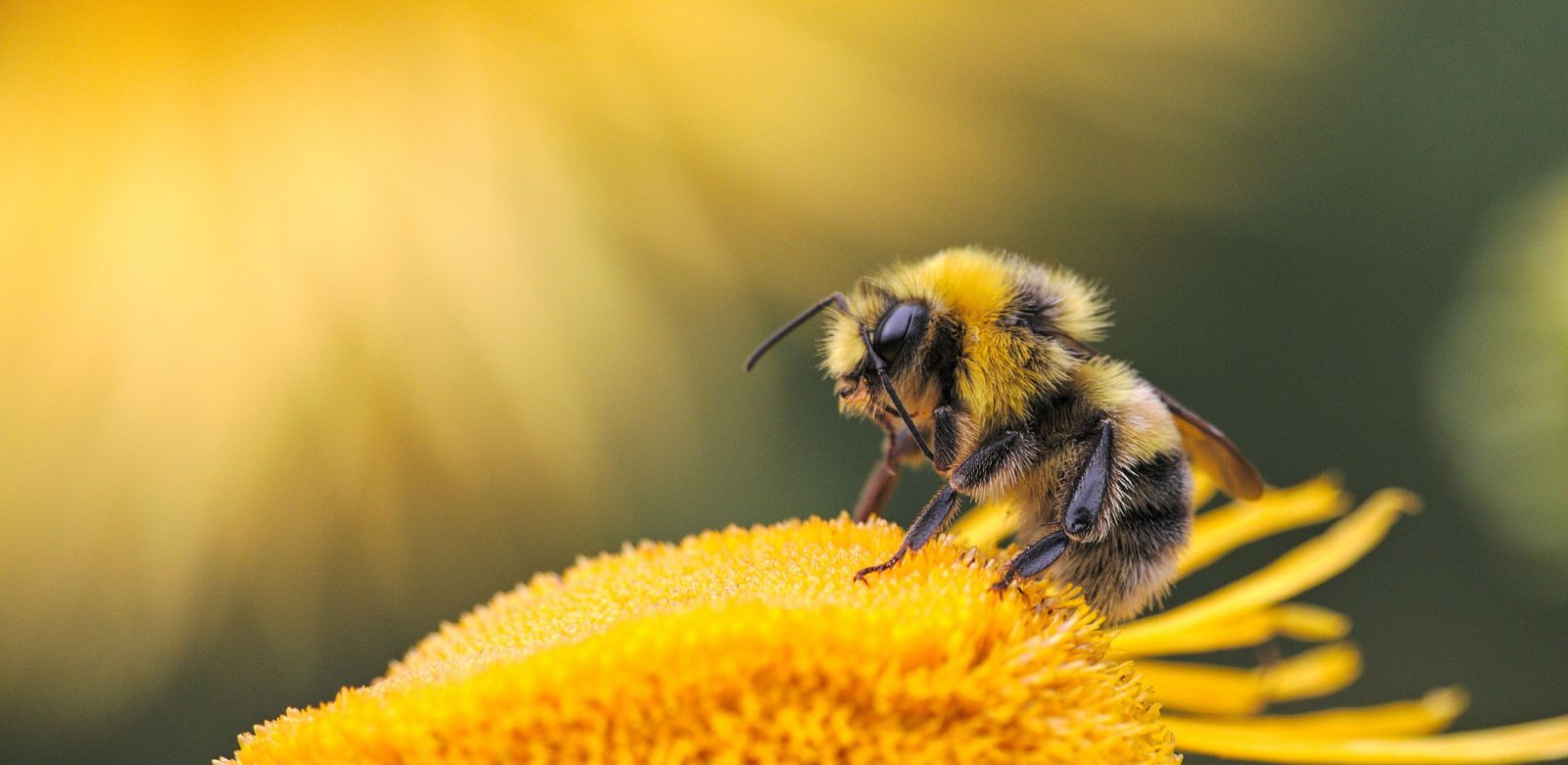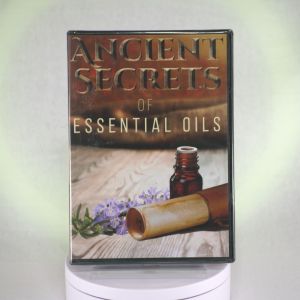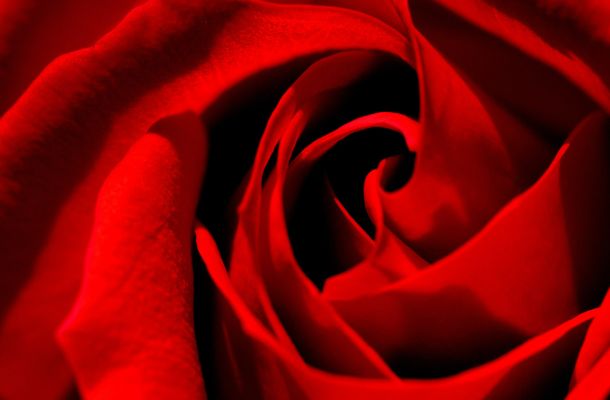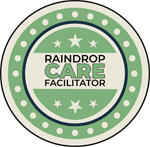Bees: The First Aromatherapists
By David Stewart, PH.D., R.A.
Originally Posted April 2004
You could call it Sex in Advertising. Contrary to what you may think, the first to employ sex in advertising were not people. It was plants. In order to attract insects to pollinate them, plant’s most common device is to produce oily compounds that imitate sexual pheromones. Pheromones are fragrant chemicals secreted by animals to attract the opposite sex for purposes of reproduction. By producing sexually attractive fragrances, plants trick either the male and/or the female of a species to visit them and carry pollen from one flower to another.
These imitation pheromones comprise many of the fragrances we love in essential oils which have been the foundation of the perfume business for thousands of years. They are aphrodisiac to many members of the animal kingdom and they are aphrodisiac to us. Plants and flowers have seduced us all, and we love it.
Bees as the First Aromatherapists
There are some 600 species of orchids that enlist the aid of bees for pollination. They are called “bee orchids.” There is also a corresponding group of bees, called “euglossine bees.” These orchids and these bees were made for each other.
Euglossine bees come in about 175 brightly colored species in five genera. They are not like honey bees. They don’t live in colonies, nor do they make honey. Their specialty is in collecting fragrance chemicals (i.e. essential oils). They are natural born aromatherapists.
Most flowers will reward their insect pollinators with either a nectar (sugar water stored in the flower’s cup) or pollen (a high protein food). However, the group of orchids that euglossine bees pollinate bear flowers with no nectar and no pollen that can serve as food. So there are no sweet or nourishing rewards to entice them to visit. What the flowers do offer are copious quantities of fragrant essential oils that the bees love—the male bees, that is. The female bees could care less and never visit the flowers. This is a case where pollination is exclusively by male bees only.
Among these 600 species of orchids, more than sixty different aromatic compounds have been identified with each plant employing at least a dozen of them in fashioning their particular perfume to entice the male bees. The compounds identified are common to many plants other than orchids. These include 1,8 cineol (found in eucalyptus, rosemary, ravensara, and dozens of other plants), benzyl cetate (found in jasmine, ylang ylang, and Roman chamomile), and a-pinene (found in pine, frankincense, galbanum, the rose of sharon, and hundreds of others).
When a male bee comes to visit an orchid soliciting its attention, it does not look for pollen or nectar. It goes straight for the fragrant oils of the flower. He begins by emitting a blend of his own oils onto the oil droplets of the orchid. The bee’s oil gland is in his head and acts as a solvent to facilitate gathering up the orchid’s oil secretions. Using brushes on his front pair of feet, he scrubs the plant surface and mops up the mixture until the mopheads on his feet are saturated and unable to hold any more. This takes about 30 seconds. Then, hovering over the petals, he quickly transfers the accumulated perfume to storage containers in his hind legs. Amazingly, the chambers within the hind legs then separate the bees solvent oils from those of the flower and return it to the bee’s head for reuse. What remains in the hind leg pouches is pure orchid oil.
After working for a time at accumulating a cache of oil, the bee then begins to act strangely, slipping and falling down, as if he were drunk and out of his head in ecstasy. This may go on for an hour or more, as the bee blissfully enjoys the fragrances it has gathered. It appears that the fragrances that so attract the male bee imitate the sex pheromones of the females.
Meanwhile, the orchid does not let the bee escape without a load of pollen. This it accomplished by a trigger mechanism that shoots a pollen packet at the bee with considerable force, knocking him down, but ensuring that the pollen sticks to his body. Thus the pollen is transferred to the next orchid.
Besides the enjoyment of their mood elevating qualities, what does the male euglossine bee get of his efforts to harvest the essential oils of the orchid flower? Longevity is one of the benefits. Without gathering these fragrances from these flowers, the male bees have shortened life spans and reduced fertility.
Thus, the first aromatherapists were not people. Bees, not humans, were the first to gather and concentrate essential oils for personal health, pleasure, longevity, hormonal balance, and, perhaps, even for emotional release. Who knows?
NOTE: The extract above is from Dr. Stewart’s new book to be released in the Fall of 2004. It is to be called The Chemistry of Essential Oils Made Simple and its subtitle is God’s Love Manifest in Molecules. 425 pages, its price will be $29.95
Cursed Fish Tank
by Nandini Weitzman
I have been trying to have a happy fish for the past 3 years. I would have been happy to have fish who survived more than a month! My fish kept on dying. When I mean dying: I mean at worst 7 at a time floating on the top of my 30 gallon tank for no apparent reason. I was taking the pH, adding chemicals to balance out the water. You name it, I gave them prescribed medicine the whole lot.
So I thought, maybe gold fish weren’t for me. I changed the type of fish from goldfish to fresh water tropical fish. For a while the Fresh water tropicals were happy campers then they ALL died except one.
My mother told me to get rid of the tank, it was cursed. My Mom is Jamaican so this tank being dubbed cursed was a big deal.
I started AGAIN. I bought some beautiful fish. And guess what? You got it. I started having fish loss AGAIN.
It pained me to see this beautiful BIG angel fish lying on the floor of my tank. Angelfish don’t float like goldfish when they die. Oh my heavens! Look at what I had become: the expert on fish dying. Just ask and I would tell you which one after death floats, sinks or stinks! Yup that was how bad it was!
That was it. I was desperate. This could not go on. My tank was NOT cursed!
I took my Thieves Oil, took a deep breath and put 2 drops in my 30 gallon tank….Thrilled to say the fish loss stopped there.
Since then I have added new fish and still there has been ZERO FISH LOSS. That is 100% success rate! Happy fish owner, happy fish! Every time a fish looks a little down or I have to postpone changing the water I add 2 drops of Thieves.
Works like a charm.
THE RAINDROP MESSENGER
Official Newsletter of CARE
The Center for Aromatherapy Research and Education
12923 BCR 800, Marble Hill, Missouri USA 63764
(573) 238-4846









